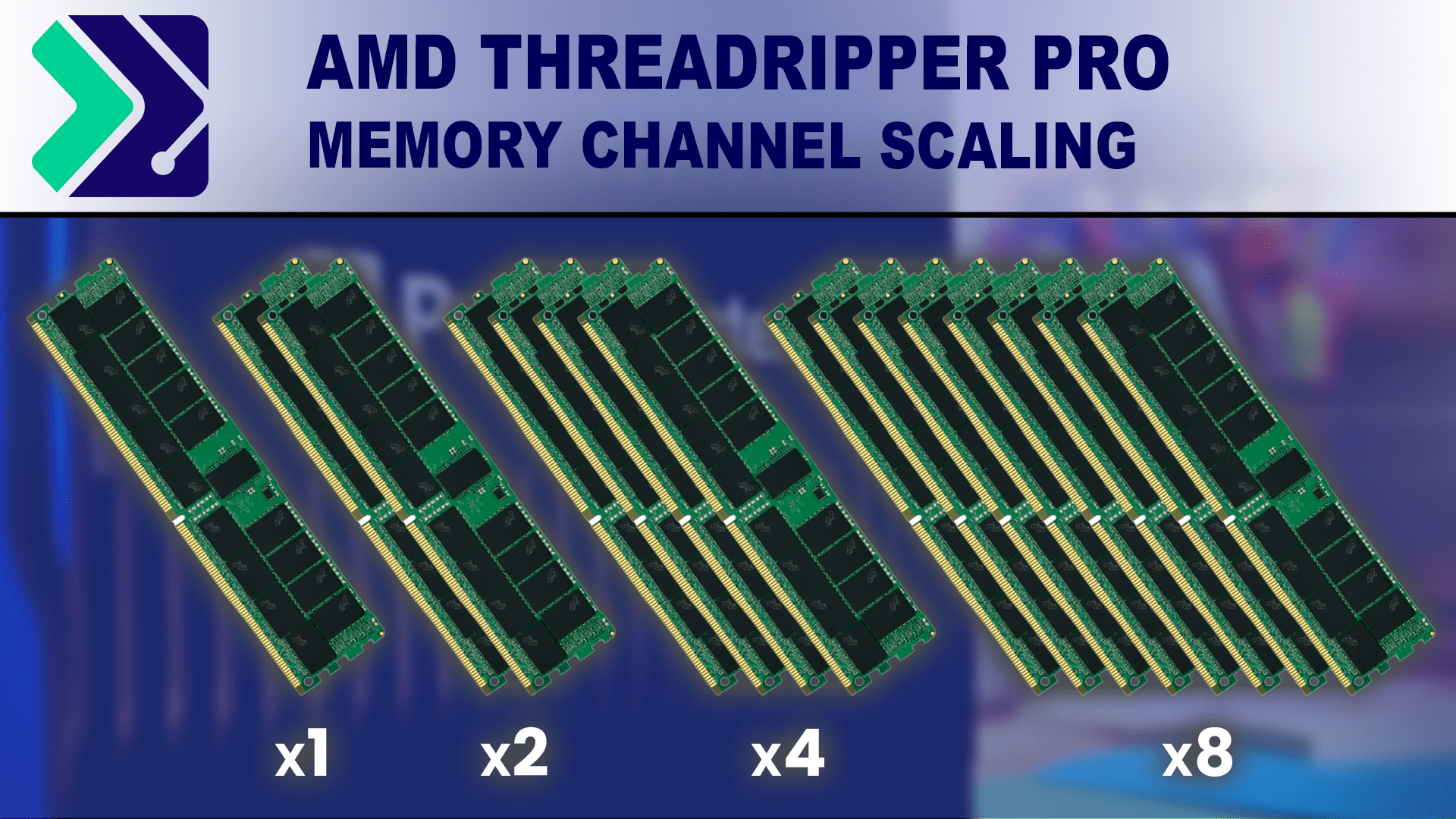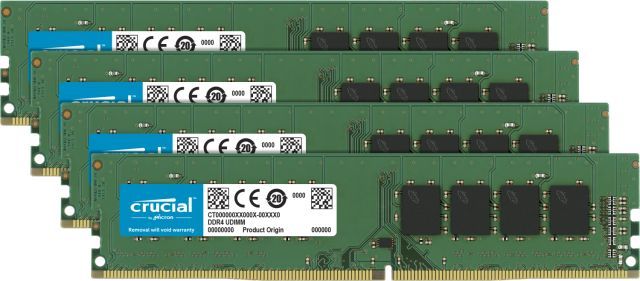Do modern high-end processors really need up to eight memory channels? How is their performance affected if the number of channels is artificially limited?


Do modern high-end processors really need up to eight memory channels? How is their performance affected if the number of channels is artificially limited?

Here at Puget Systems, we have tried to be careful about sticking to CPU manufacturer memory specifications – to ensure the best reliability, and to avoid overclocking memory controllers (which could, technically, violate CPU warranties). But increasingly complicated memory speed support schemes on many newer processors, combined with a lack of supply of certain speed modules, has forced us to adopt a new approach to what we offer in our workstations.

AMD’s Trinity APU – essentially a CPU and GPU combined into one unit-
is a great way to create a budget gaming system when using a discrete video card is not an option. However, due to the limited performance available with any onboard graphics, it is important to thoroughly optimize it to get the best possible performance. In this article, we will be looking at the components that have an influence on the performance of the integrated graphics in AMD’s Trinity APUs.
We have a lot of processor and memory combinations to choose from today, and it is causing considerable confusion amongst our clients. With the disappointing performance gains of the newest Athlon XP processors and the recent price cuts in the high end Pentium4 line, the processor competition is as close as I’ve seen it in a long time. On top of that, questions of price vs. performance make memory selection a second difficult task. In this article, I will lay out the situation as clearly as I can, to help assist you in deciding what direction to take with your next computer!